If you live, work and commute within the UK capital, then expect to spend 156 hours locked in London traffic over the course of a year. That’s equivalent to around £1,377 in lost time, according to the 2022 Inrix Traffic Scorecard. Similarly, Chicagoans squander 155 hours, Parisians 138 hours, Bostonians 134 hours and drivers in Bogota lose 122 hours annually.
Making city travel faster, less congested and more efficient is just one of the drivers fueling the Urban Air Mobility (UAM) industry, which envisages a future in which commuters make use of multiple agile and, ideally, sustainable transport options from small air taxies to electric vertical take-off and landing (eVTOL) vehicles.
It is a sector that is attracting significant funding, with McKinsey & Company noting that US$2.5 billion had been raised by June 2023, up 15% from the first six months of 2022. The researchers recorded US$4.8 billion in disclosed funding over the last 12 months and US$19.8 billion raised over the last decade.
A complex game-changer
These possibilities – alongside the infrastructure required to support the vision of a highly connected transport system – are among the many reasons why this nascent sector is attracting the attention of a global air transport IT provider like SITA. Already the European Union is putting regulations and certification requirements in place to accommodate the use of UAM passenger transport vehicles within the next five years, addressing important issues such as environmental impact, sustainability, cybersecurity and noise concerns.
Towards the end of 2023, the UK’s Cranfield University held a webinar on UAM and intermodal transportation during which Dr. Saba Al-Rubaye, an expert in connected systems, explained the value that could be unlocked by a creating seamless, sustainable, safe and interconnected transport system for the future. Safety, passenger experience and efficiency were all highlighted by Al-Rubaye, who stressed the importance of instituting robust systems to ensure cyber security and the creation of a supportive framework that would allow a variety of transport modes to communicate and operate in tandem.
These are technical complexities which SITA has been successfully managing for the air transport space for more than 70 years. Our deep understanding of the inner workings of the highly regulated air transport industry, can be adapted to meet the unique needs of the UAM sector, which will face many of the same operational challenges, baggage and passenger requirements.
We make no secret of the fact that SITA aims to become the IT provider of choice to the UAM industry. Our interest in the sector is also being spurred by strong interest from our own customer airline and airports. According to the 2023 Air Transport IT Insights research from SITA, airlines show increased interest in UAM, with 39% confirming that they have implemented or plan to implement a strategy to support UAM services and infrastructure by 2026. UAM services and infrastructure are also taking off for airports, with 37% confirming major programs.
To this end, strong partnerships with specialists and emerging UAM companies will ensure that SITA is able to develop solutions of value to our partners or other operators. SITA has already partnered with vertiport operators such as UrbanV and Skyports, aircraft traffic management specialist Heron AirBridge, and UAM manufacturer Volocopter to provide passenger processing and other operational systems.
Supporting the emerging Urban Air Mobility sector
Our solutions start with the passenger. With Volocopter, we have provided vital elements that enable a mobile experience where passengers can book a flight from their mobile and then use the biometric touchpoints in the vertiport to be identified – passengers simply step up to the camera to be identified. This will ensure a faster experience, similar to hailing an Uber today. This leverages our biometric passenger processing portfolio, similar to the one being deployed in Frankfurt airport.
As Al-Rubaye noted in the Cranfield University webinar, a strong and viable UAM sector will require multiple hubs for vertical takeoff and landing within cities, locations from which passengers can embark and disembark and aircraft can safely discharge and recharge. Our airport management solution will help ensure that the information and data needed to plan the smooth operation of UAM flights are seamlessly exchanged between all stakeholders and used to plan flight operations. This will be increasingly important in the UAM space, where the likes of air taxies will be operating in densely populated urban areas.
We are also developing SITA’s new Vertiport Management System and with Heron Airbridge building a first minimum viable product that will enable dynamic real-time data exchanges between the vertiport system, the eVTOL operators, and the air traffic control from the flight scheduling phase to the time of the actual flight operation.
What developments can we expect in 2024?
Public acceptance, policy and regulation will be cruital to the unfolding UAM story. Progress is being made and there is certaintly strong momentum behind advancing the case for commercial operations. However, the first UAM flight will depend on the certification of the initial eVTOL aircraft.
Our partner Volocopter continues to progress with the certification process for its VoloCity air taxi. As a result, entry-into-service flights have already been planned for 2024 in Paris and Rome, with SITA poised to deliver essential IT support for those flights.
As this exciting industry continues to develop, as trust and acceptance for this new mode of travel gains ground, and as the world prepares for the first commercial UAM flights, SITA will continue to play its part in the evolution of intermodal travel.



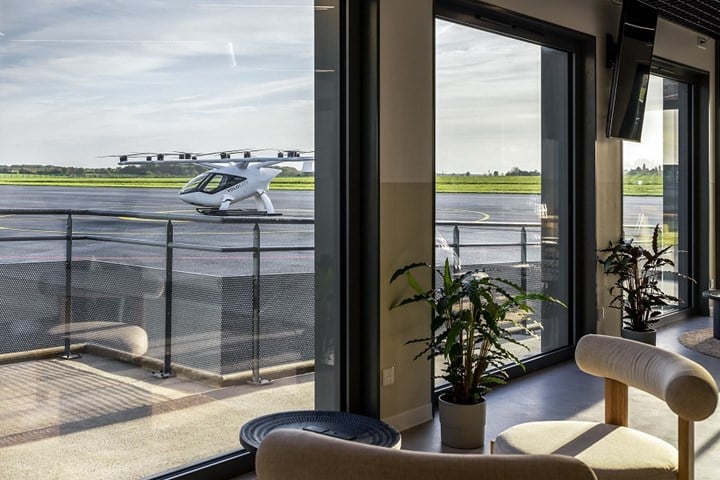



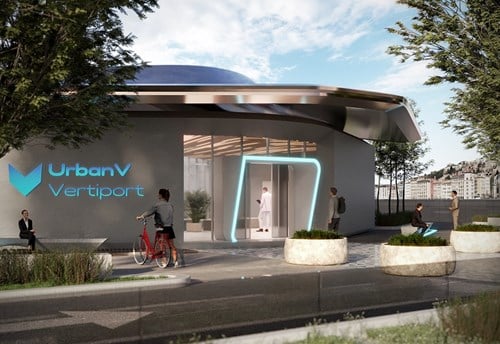
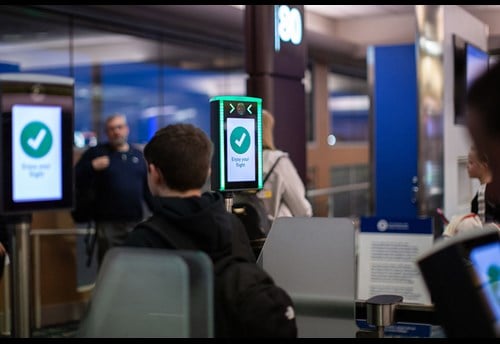
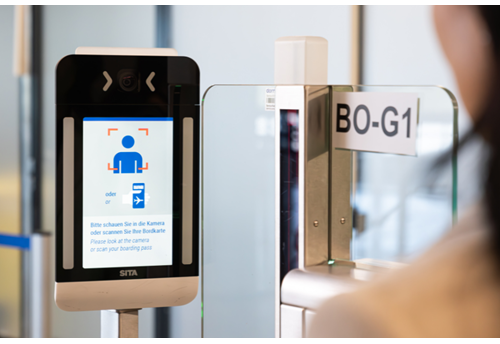
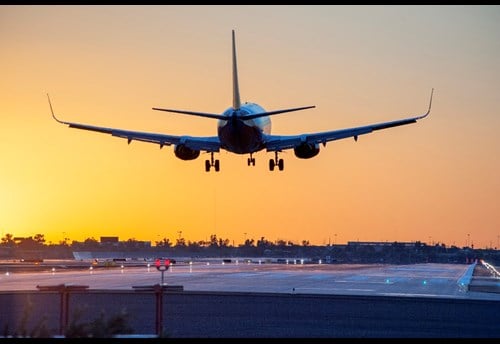
0 Comments